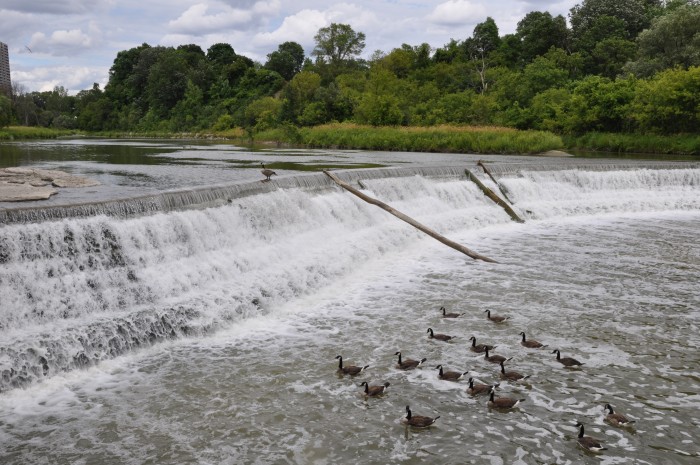The latest Environment and Society featured article is now available! This month’s article—”The Metrics of Making Ecosystem Services”—comes from Volume 8 (2017). In her article, Pamela McElwee traces how definitions and metrics of ecosystem services (ES) have evolved and how they are sued, such as in biodiversity offsetting and wetland mitigation programs. Using the idea of the creation and deployment of calculative mechanisms, the article discusses how these processes proceed in different ES contexts, assesses what work has to happen ontologically to make ES commensurable and circulatable, and speculates on what the opportunities for future pathways other than commodification are.
Visit the featured article page to download your copy of the article today before it’s gone! A new article is featured every month.

PAMELA MCELWEE is Associate Professor of human ecology at Rutgers, The State University of New Jersey. Her current research deals with the impacts of policies for payments for environmental services and REDD+. She is the author of Forests Are Gold: Trees, People, and Environmental Rule in Vietnam (University of Washington Press, 2016), and is the coeditor, with Maria L. Cruz-Torres, of Gender and Sustainability: Lessons from Asia and Latin America (University of Arizona Press, 2012).
